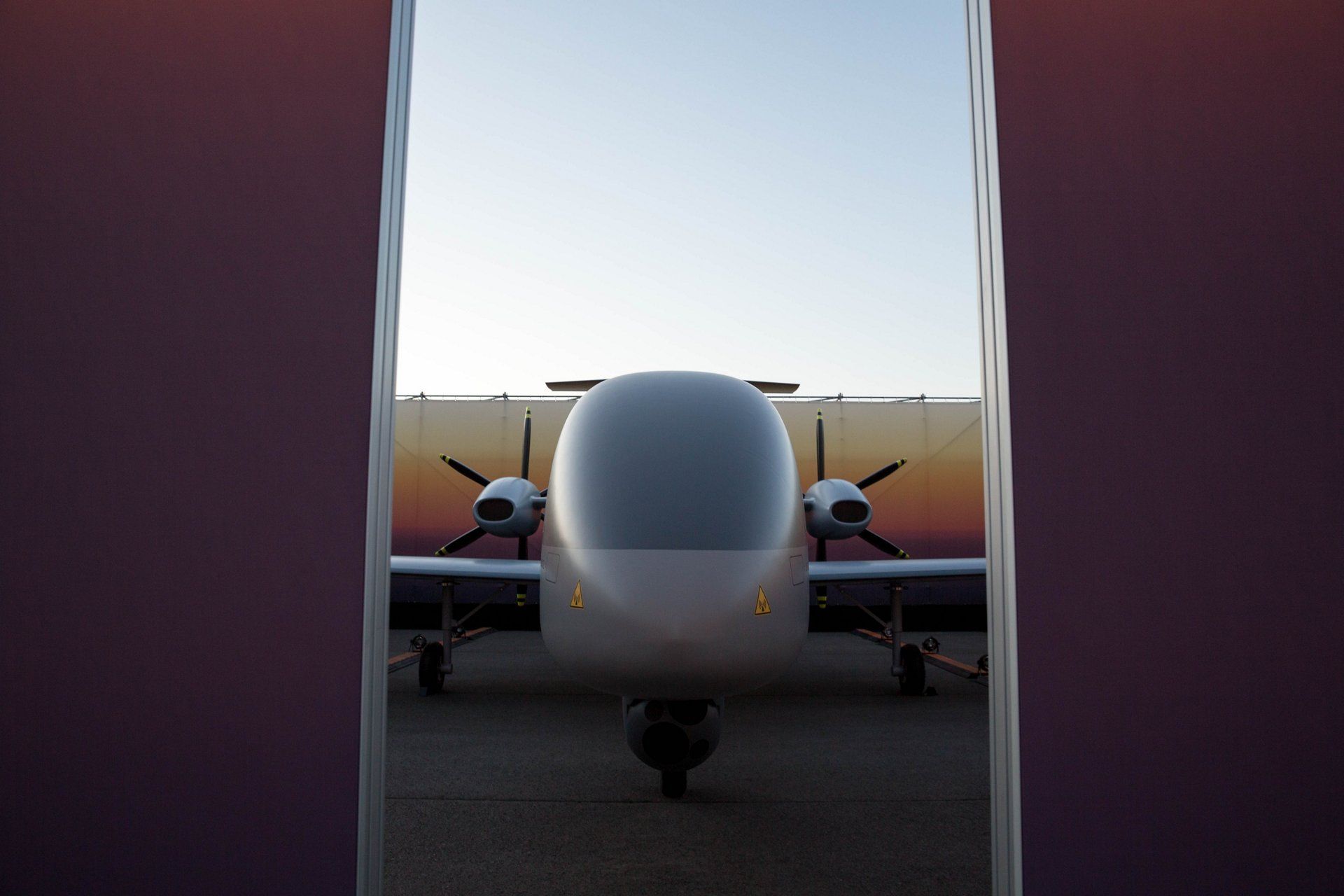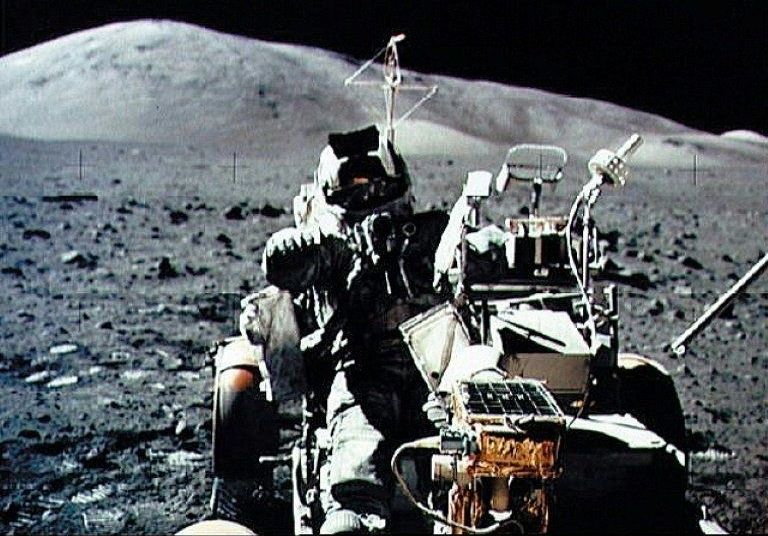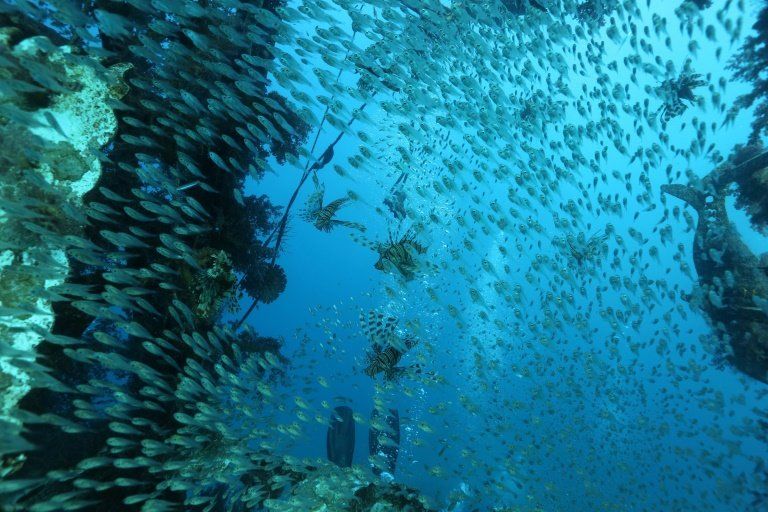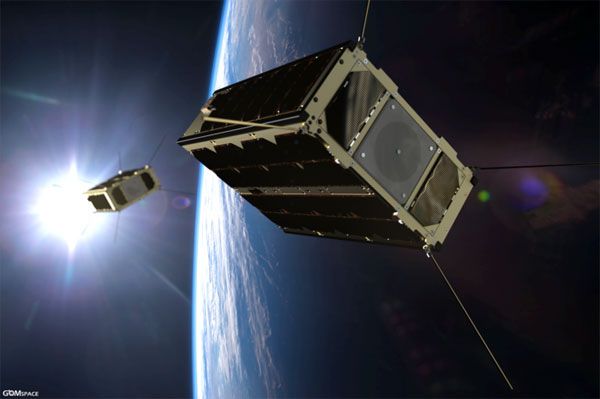Welding is still the standard technique for joining metals. However, this laborious process carried out at high temperatures is not suitable for all applications. Now, a research team from the “Functional Nanomaterials” working group at Kiel University, together with the company Phi-Stone AG from Kiel, has developed a versatile alternative to conventional welding and gluing processes. Based on a special etching process, it enables aluminium and aluminium alloys to be joined with each other as well as with polymers, forming a durable and strong joint. They will present the prototype of a mobile joining unit at the Hannover Messe (23—27 April). They plan to commence mass production in future, after feedback from customers.
When welding, components are joined by locally melting them at the connection point. However, the high temperatures required for this influence the material in the so-called heat-affected zone, causing structural as well as optical changes. It also requires special safety precautions and appropriately qualified staff. In contrast, the process developed by the Kiel University research group led by Professor Rainer Adelung not only spares the materials to be joined, but it is also easier and more flexible to use, even in hard-to-reach places such as corners or upside down on the ceiling. In just a few minutes, metals can be permanently connected with each other, but also with polymers.
The team envisages areas of application such as ship, aircraft or vehicle production. The process is particularly well-suited for subsequently attaching components in existing constructions, for example, in the interiors of ships or cars, explained Adelung regarding possible applications. “The high temperatures of welding will destroy surfaces that have already been treated and painted, for example. Our process, on the other hand, works at room temperature without special protective measures,” said Adelung.
Read more









